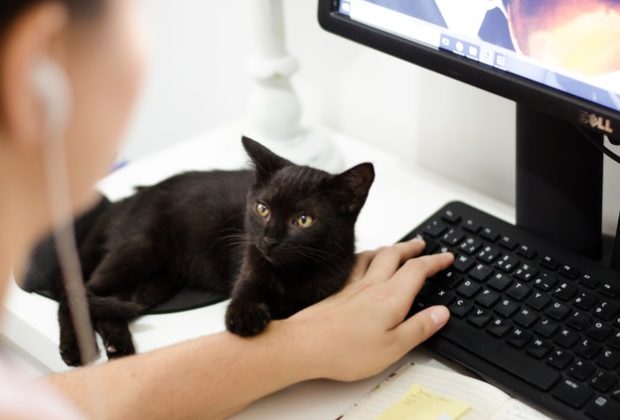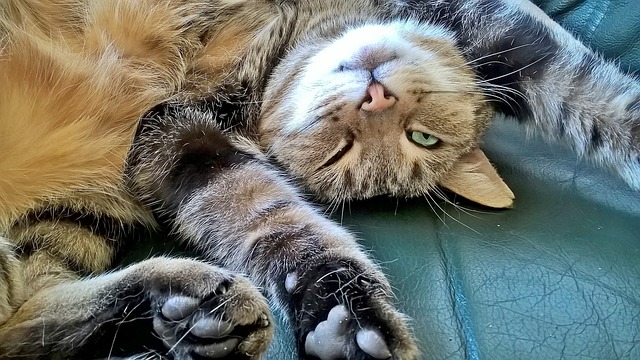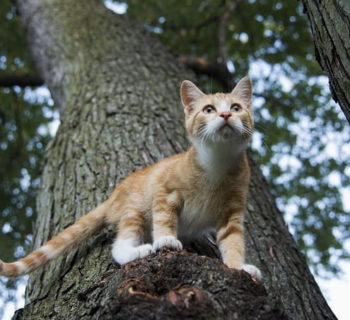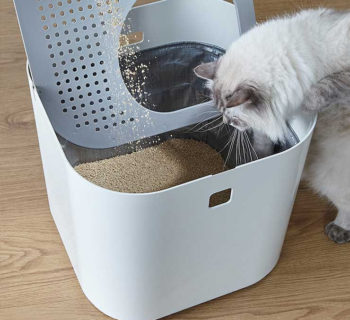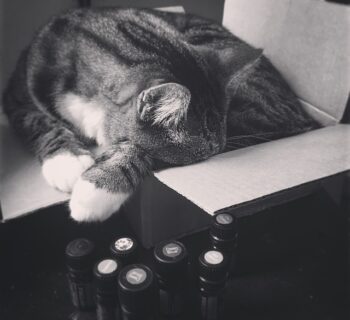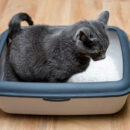Why do cats trill? This may be the question on your mind if you own a feline or have been around one that trills. There are several explanations for this behavior, so you don’t have to write it off as one of the many strange behaviors that cats display.
In this blog post, we’ll explain why your cat trills but first, a brief description of what trilling sounds like.
What Is Trilling?
Trilling differs from meowing. While meowing can be a way your cat calls your attention to anything at all, negative or positive, trilling is almost always for a positive reason, as you will shortly find out.
Unlike meowing that is made with the mouth open, trilling noises are made with the mouth closed. It is often characterized by a light, pleasant tone rising in pitch as it progresses. It can come in different forms, the most typical being “brrrrrrrt, brrrrrup, mrrrrrrow, or chirrup” sounds.
Again, it differs from meowing, and it’s also completely normal if your cat doesn’t trill. Some felines are just more vocal than others, and the less vocal ones may do more of things like rubbing against your feet to greet you instead of trilling.
Below are some possible reasons your cat trills.
Trilling for Generally Positive Reasons
Cat trills are almost always for positive reasons, as said earlier. If your cat frequently trills to you especially after being away for a few hours, she is probably greeting you like she would any of her feline family.
Trilling is a sound that your cat may not use with just about anybody. It is often reserved for people dear to your feline like her humans, feline family, or her kittens. So trilling is something you should feel glad about knowing that it is a behavior reserved for only close family members including you.
You can see trilling as one of the numerous ways your cat reminds you of her deep appreciation for your love and devotion to caring for her and the kittens (if she has any).
Cat trills as a way of greeting their family members: At the kitten stage, cats are thought to chirp and trill by their mothers. She also uses the sound to instruct her kittens and the kittens in turn copy the sound for greeting their mothers or requesting her attention when needed.
After the kitten phase, the sound is made mainly to greet other cats or people. So, basically, a cat’s trill is another way it says “hello” to its family.
It is also another way of showing happiness and contentment. If you own a cat that associates trilling with excitement, trilling might be his own of seeking attention from you or getting you to do the things he enjoys like a relaxing rub.
Trilling For Treats
Like other household pets, cats love their treats. Trilling can be a way to remind their humans of treat time or simply a way to request another treat after gulping the treat you gave moments ago.
As mentioned earlier, cat moms use trilling as a way to get their little ones to follow them, and this is one attitude your cat may copy.
For example, your cat may trill and look back at you, indicating that you’re supposed to come along, just like their mother would do with them. And if you follow the cat, she’ll likely lead you to the treat cupboard or play area for some treats or a little play.
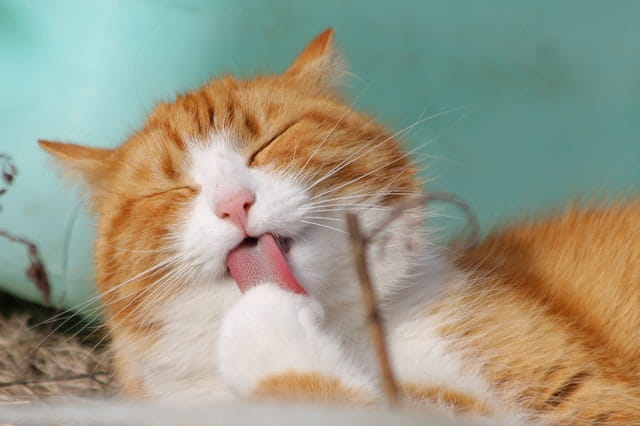
How Often Does a Cat Trill?
The frequency of a cat’s trilling depends mostly on its vocal ability and personality. Some cats will trill a lot while others will rarely trill. Some cats are also very sociable, and others, not so much.
If you own a shy cat, he may not trill as frequently as the other boisterous ones who will trill every now and then to enjoy some attention. Just like there are chatty humans and quieter introverted humans.
Should I Worry About My Cat’s Trilling?
No, trilling isn't something you should worry about. As you can tell from the above, trilling is a generally positive sound a cat might make to show happiness and contentment. Trilling is different from meowing, and it's not a sign that your cat may have a physical or emotional problem.
Therefore, trilling is not something you should be bothered about, even if your cat trills louder than the others or trills more frequently than most. Just live with it; remember it is one of the few ways your cat communicates with members of the family she loves.
It is also a way to tell that your cat loves attention more than most non-trilling cats, and trilling instead of purring or meowing is their own way of expressing just how much they appreciate your love and care.
Can I Trill Back at My Cat?
Since trilling is a way your feline may communicate with her loved ones, would it be alright to return the “love”?
Animal experts believe it is. So, if you’re like many cat owners who engage in conversations with their cats when making this sound, realize that it is a completely safe practice. It’s OK to respond to trills or ask a question when your cat trills.
If you’ve never trilled or communicated to your cat, try it. According to animal experts, while your cat may not understand the exact meanings of “human words,” they are great at picking out the tone of voice with which they were spoken to.
If your cat trills back to you after you respond to her trills, it may be a sign that they’ve picked up the tone with which you spoke and perceived it as a positive one.
So, yes, it is alright to reply to trills and have conversations with your feline.
Final Words
Why do cats trill? Hopefully, this blog post helped answer that question for you and helped you realize that trilling isn't necessarily a sign of trouble. But instead, it is another unique way she requests attention from her feline family and humans, shows happiness and contentment, and says "hello" like many other felines.
Do you have a cat that trills? What do you do when she trills? We want to read it, share it in the comment section below!
About the Author
Kirsten Heggarty
Kirsten created The Pet Handbook with the aim of sharing her knowledge about pets, pet food, healthy habits, and more. All of her advice is based on years of her own experience with her pets, and feedback that she has received from grateful readers about her tips. If you want to know more please read the About Me page.

